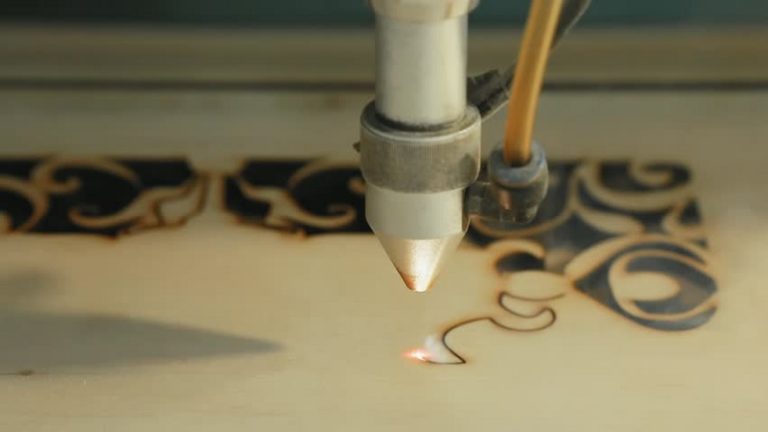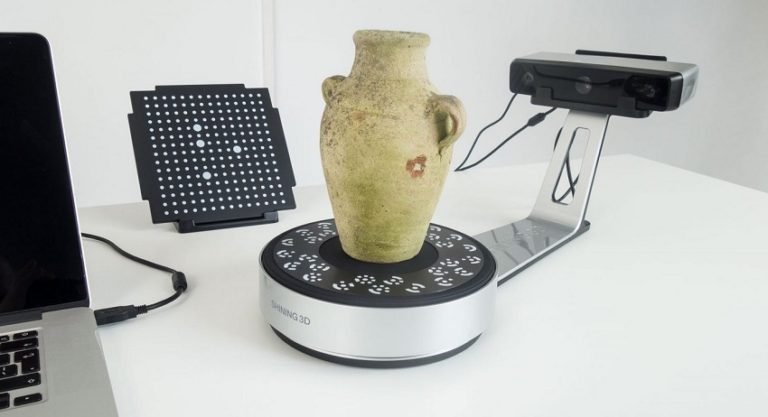Competition is always a good thing, especially when it comes to smartphones. Here a lot has changed in the past few years. With new brands offering decently-specced phones and at lower prices compared to offerings from the big-name players in the industry, consumers have more choice as to how they can spend their hard-earned cash. Even entry-level phones sold today outperform flagship phones from just a few years ago. So, the question put to anyone is – what do you need in your next phone?
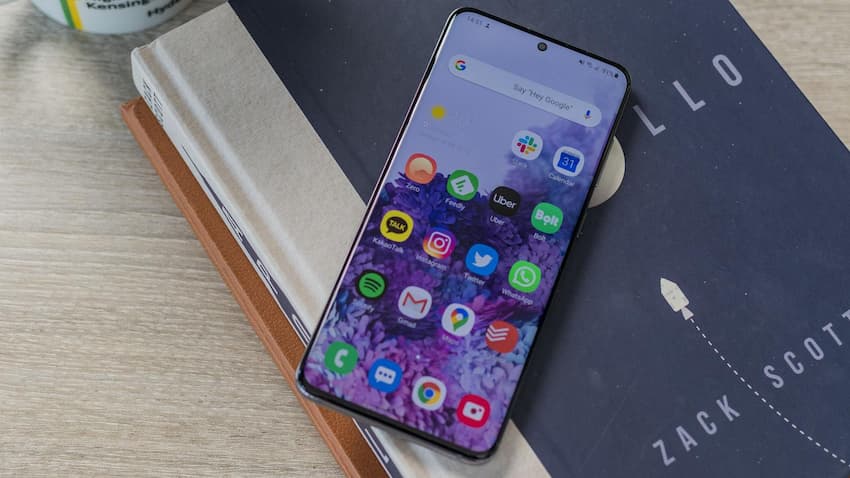
Newly-released phones always demand a premium. Sure, they’ll have the latest chipsets, updated screens, and better cameras, but how do these features compare to what you’ve already got? Most users won’t be able to tell the difference between a mid-range and flagship phone when put side by side in a blind test. What will surprise you the most is the difference in price.
Buying Outright vs Monthly Plans
If you want the latest and greatest, buy your next phone outright or go for a monthly plan with the package that best suits your needs. Telcos require 12, 24 or 36-month locked-in contracts, and charge additionally as plans offer more data or any extras. You can save some money with SIM-only plans, and buy your flagship at EOFY sales, or when models are soon to be replaced. Always look for discounts, especially online.
New vs. Refurbished
The Samsung S20 was the company’s flagship phone until it was replaced by the S21 earlier this year. The differences are relatively few and far between, with some reviews even regarding the S21 as a downgrade compared to the older phone. The S20 has a better screen, uses more premium materials, especially the real glass on the back, and even the cheapest version has more internal memory, 12Gb vs 8Gb. The camera setup is the same, and the chipset performance is virtually equal. Though the S20 has been pulled from the major operators, you can find a Samsung S20 refurbished and in great condition for almost half the price of a new S21.
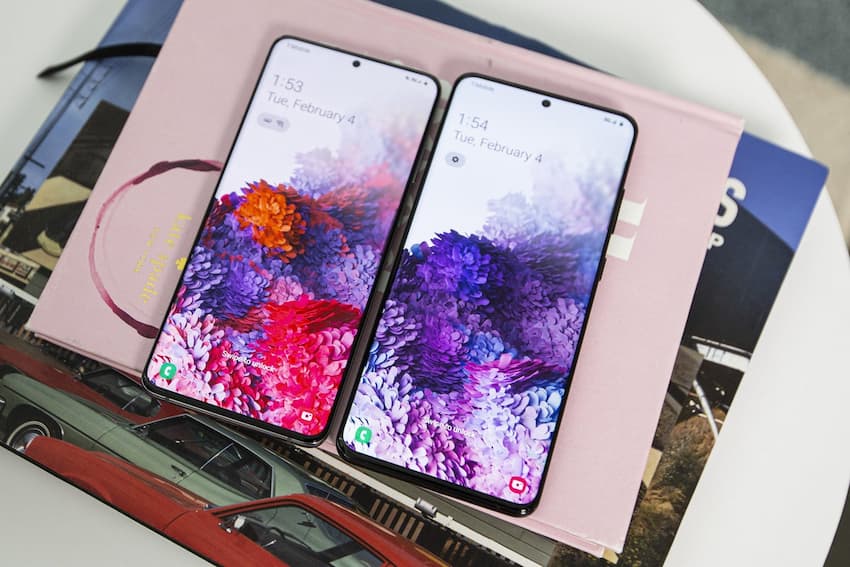
You might have jumped in fear when reading ‘refurbished’, so I’ll clear up any confusion. Refurbished phones are those that have been sent back to the manufacturer, in this case Samsung, and reset to factory settings. If the phone has incurred any damage, parts are replaced and the phone undergoes a series of stringent quality checks and tests to ensure that it works as new. In most cases, refurbished phones have no faults or visible damage whatsoever, but are simply returned by previous owners when new models come out.
When buying a refurbished phone, take in mind that sellers grade phones on the cosmetic condition of the frame and screen. Like-new phones will be the most expensive and with no visible scratches or dents. Next are ex-demo models, and phones in excellent, very good and good condition. The screens will be top-notch, but there might be some minor scratches or marks in the frame or back case. All internals, like processors, camera sensors and batteries in all refurbished grades are faultless.
Advantages of Buying a Refurbished Phone
If you want flagship specs that don’t cost an arm and a leg, then get a refurbished phone. A Samsung S20 refurbished phone is the perfect choice if you plan to use the savings for something more worthwhile. Almost all models sold on the Aussie market were 5G equipped, and you get a sturdier frame, equally good camera and processing performance, more memory and a higher screen resolution than the new phone. The S21 is just a repackaged and downgraded S20, where Samsung cut too many corners to keep the price down.
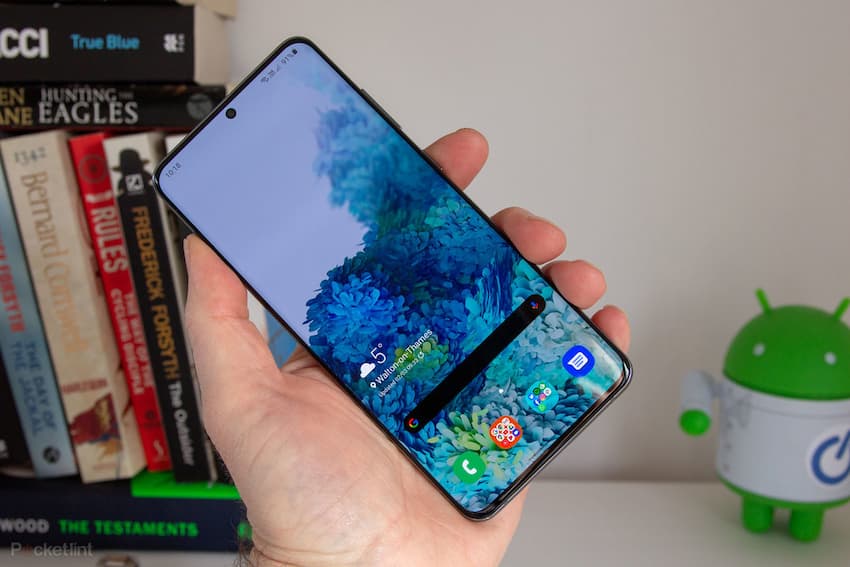
A refurbished phone also means you get to have top-level performance for not much more than a new entry-level phone. You’ll take better photos, have more space to store all your stuff, and browsing and overall speed are on a much higher level. The S20 is still a flagship in this aspect, and the asking price looks like a bargain.
Disadvantages
So why do companies sell better phones in the same lineup at almost half the cost? The disadvantage of buying a refurbished phone, and one that is in completely perfect working order, is the warranty. Most brands only offer 12-month warranties on factory refurbished goods, compared to 24 or 36 months on new models. Which doesn’t necessarily mean a new phone won’t break down.
Customers like security and a hassle-free experience in exchange for their cash. Some might be suspicious as to what went wrong with a phone in the first place for it to be refurbished. Others just want the newest and most expensive items they can get their hands on. Marketing hype and peer pressure are just a few factors that influence what we buy.
Where to Buy a Refurbished Phone?
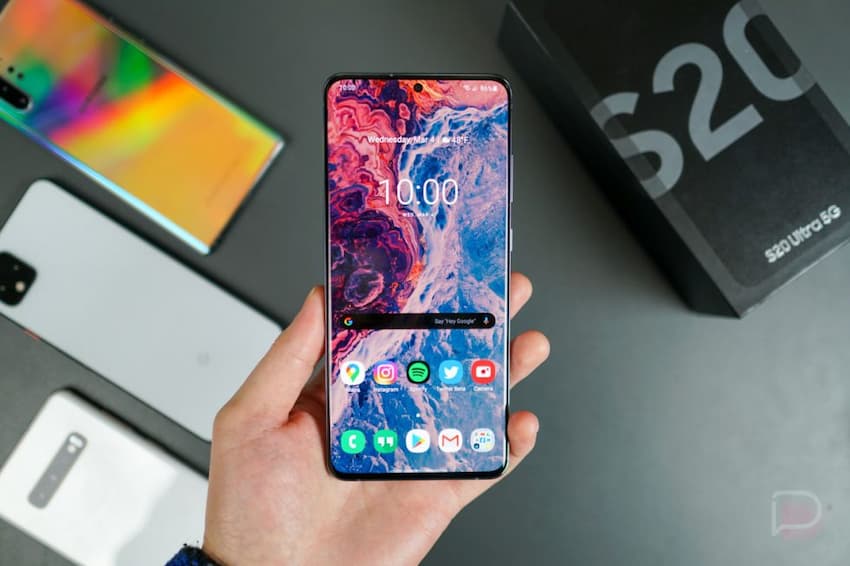
Telstra, Optus and Vodafone still offer the S20 Ultra which surprisingly is more expensive than the S21 Ultra. You may also come by the S20 FE, but that is a completely different device. For a Samsung Galaxy S20 refurbished look to online retailers, most sourcing their phones from overseas suppliers. Local shops may also have large quantities of unsold or refurbished phones. Most stores also have the option of return policies if you’re not satisfied with your refurbished phone. Unlike in the US, Samsung Australia doesn’t sell refurbished phones directly through their website.







